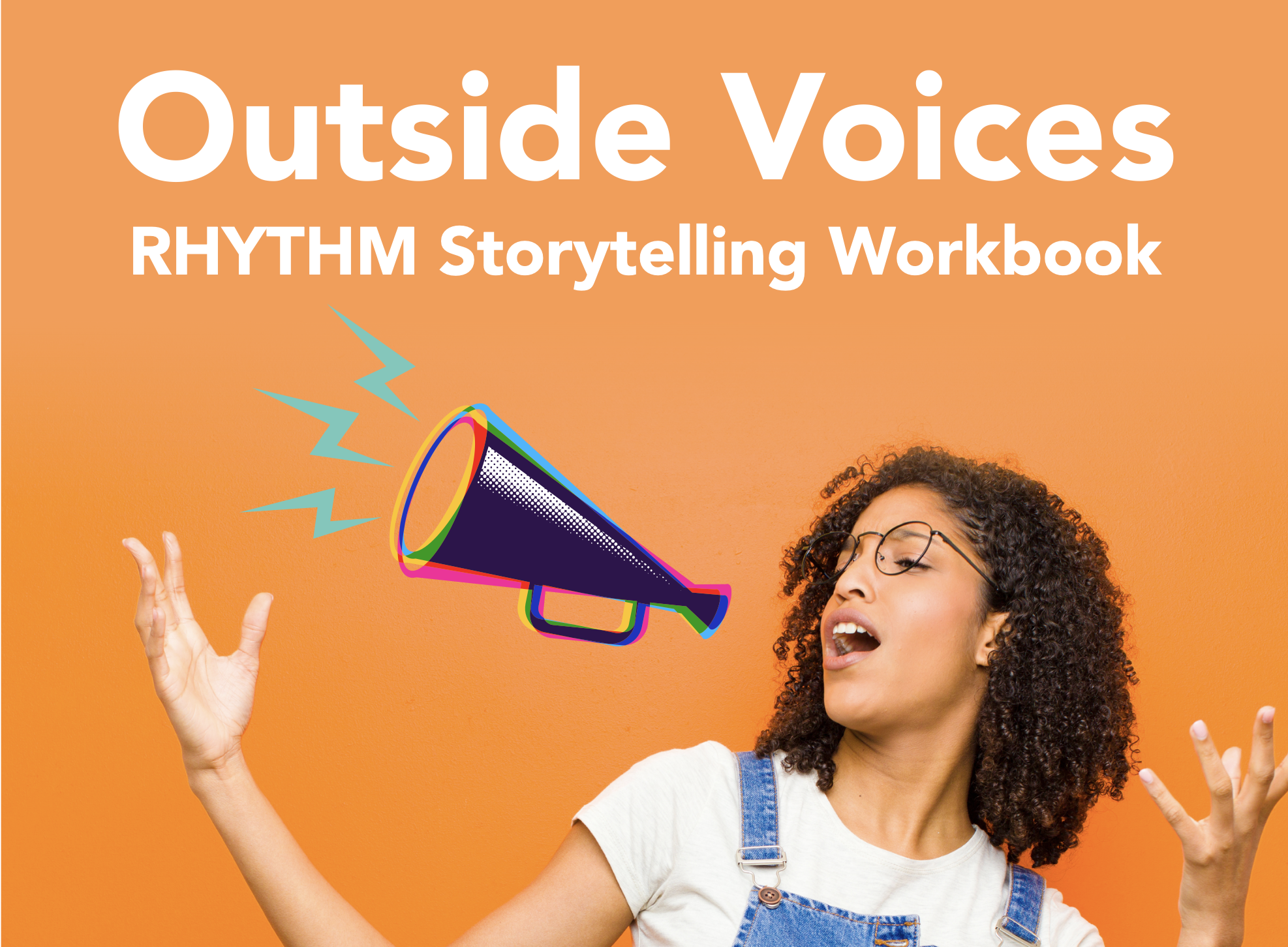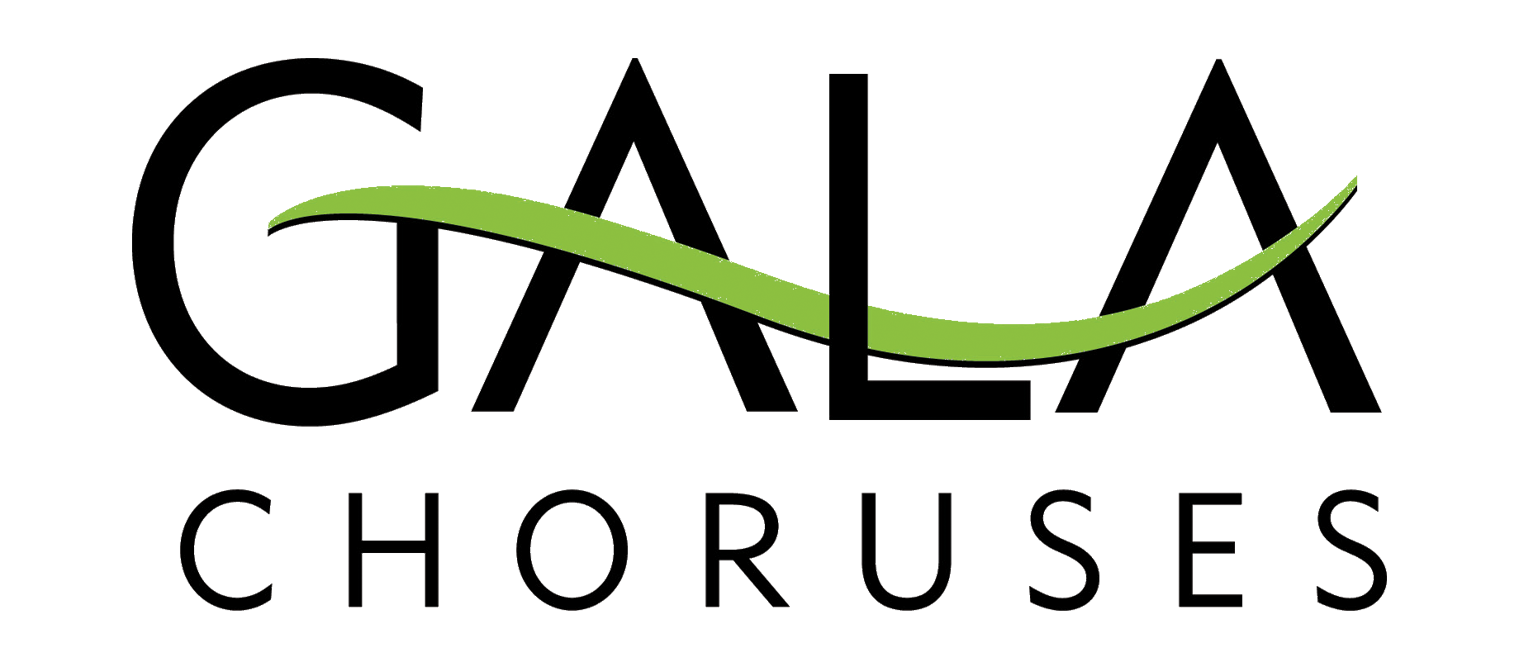The Craft of Storytelling: Students will be able to identify the key components of a successful story (protagonist, lightbulb moment/climax, obstacles and goals, transformation/realization) and formulate their first draft of their story.

“Stories have to be told or they die, and when they die, we can’t remember who we are or why we’re here.”
– Sue Monk Kidd, author
Lesson Plan 2 – The Craft of Storytelling
Objective
Students will be able to identify the key components of a successful story (protagonist, lightbulb moment/climax, obstacles and goals, transformation/realization) and formulate their first draft of their story.
Introduction (2 minutes)
We tell stories all day, every day. We tell our friends about what happened at work or school, we gossip about the latest celebrity news with co-workers, we reminisce with our loved ones about meaningful memories. But what makes a great story? A story that has lasting impact and ignites action? Effective storytelling puts pieces of an event together in a way that is memorable, simple, and short. We’re not writing the great American novel – we’re seeking to elicit a response in at 2-5 minute piece where we are focused on where we want to take the audience. Beyond the simple idea of a story having a cohesive beginning, middle and end, today, we are going to explore the six aspects of the stories we are creating for our performance piece. We will work together today to craft our story, and for homework, you will determine what type of performance art would be the best medium to tell your story to an audience.
Do Now (6 minutes)
Read Brian G. Peter’s Medium article, “6 Rules of Great Storytelling (as Told by Pixar).”
Discuss: What makes Pixar shorts and movies so compelling? How do you see these rules play out in other stories, songs, or works of performance art that you love?
Lesson Materials (20 minutes)
Today, you are going to take your work from the “If you really knew me” worksheet and apply it to developing a more fleshed out story. The worksheet we are using defines the six parts to developing a good story. Read the definitions and prompts and complete the worksheet. If you prefer to work with a partner or small group to bounce ideas off of, do it! Your goal is that by the end of this session, you have a story outline that will serve as the guide for your performance piece.
Crafting Your Story Worksheet
Download the worksheet here. Full text:
- The protagonist
The protagonist for your performance piece is you – this is your story, your life, and your experience. This is your chance for the world to see you as you see yourself, to elevate your voice and unique experience. It’s likely that the audience will experience your story as both a mirror and a window – connecting to parts of your story and seeing into worlds that they may not have personally experienced.
NAME THREE UNIQUE THINGS ABOUT YOURSELF: 1. 2. 3…- Here are a few prompts you can use:
- I was born . . .
- I live with . . .
- I’m __ years old . . .
- I identify as . . .
- In my spare time I like to . . .
- I believe that. . .
- Here are a few prompts you can use:
- A lightbulb moment or event
Looking back over your “If you really knew me” worksheet, or drawing from other experiences, select the big moment you wish to highlight in your story. Generally, you are picking a moment that elicited a big moment of joy, anger, fear, or excitement, or a moment that you realized something that would change your world forever.
WHAT WAS/IS YOUR LIGHTBULB MOMENT? - Obstacles or Goals
The obstacles or goals that this event set into motion is a critical part of your story. These might be things you overcame (a fear or a person), a goal you worked tirelessly to achieve, or a series of ongoing events that helped you understand more about yourself or someone around you. Perhaps you were prevented from an opportunity based on a component of your identity, maybe you finally accomplished something you’d had your heart set on for a year – you will need to spell out for your audience exactly what that felt like and how you experienced it.
LIST AT LEAST THREE OBSTACLES, GOALS, OR ONGOING EVENTS RELATED TO YOUR LIGHTBULB MOMENT. - Transformation or Realization
Now that you’ve shared who you are, the big event or lightbulb moment, and the subsequent events, it’s time to share your transformation or realization. Why was this important? How did it make you feel? How were you, or others around you, affected or changed by this account? Is it still affecting you? How?
WHAT IS/WAS YOUR TRANSFORMATION POINT? HOW DID YOU GET THROUGH YOUR OBSTACLES AND TO WHERE YOU ARE TODAY? - Tell your story.
It’s time to put it all together. Using the pieces above, create a narrative with the details of your event. Remember to include the components above – your goal is to really ensure that you are capturing the details of the event. This will make forming your performance piece easier in our next lessons.
TAKE ALL THE COMPONENTS OF YOUR STORY, WRITE IT OUT, AND PRACTICE WITH A FRIEND OR FAMILY MEMBER.
Closing (4 minutes)
Today, you had the opportunity to engage in your own story to identify a key moment or experience and build it out into a story. As homework before the next session, you will explore the ways in which performers have developed narrative pieces from their personal stories. You should also complete your narrative draft if you did not have the opportunity to finish during this session.
Homework (20 minutes)
Explore performance art pieces online – we’ve given you a list of some here to start with, but there are 1000s more. If you have not finished your narrative draft, complete your story for the next session or record yourself telling your story before the next session.
- Monologues – A speech, poem, or other dramatic or comedic performance in which an actor speaks alone.
- Spoken Word/Slam Poetry – A form of poetry that combines elements of performance, written word, and audience participation.
- Original Song/Rap – An original piece in which the singer or performer has composed his or her own work.
- Rewritten Lyrics to Original Music – Performing another artist’s work by rearranging or rewriting sections of the music or lyrics.
